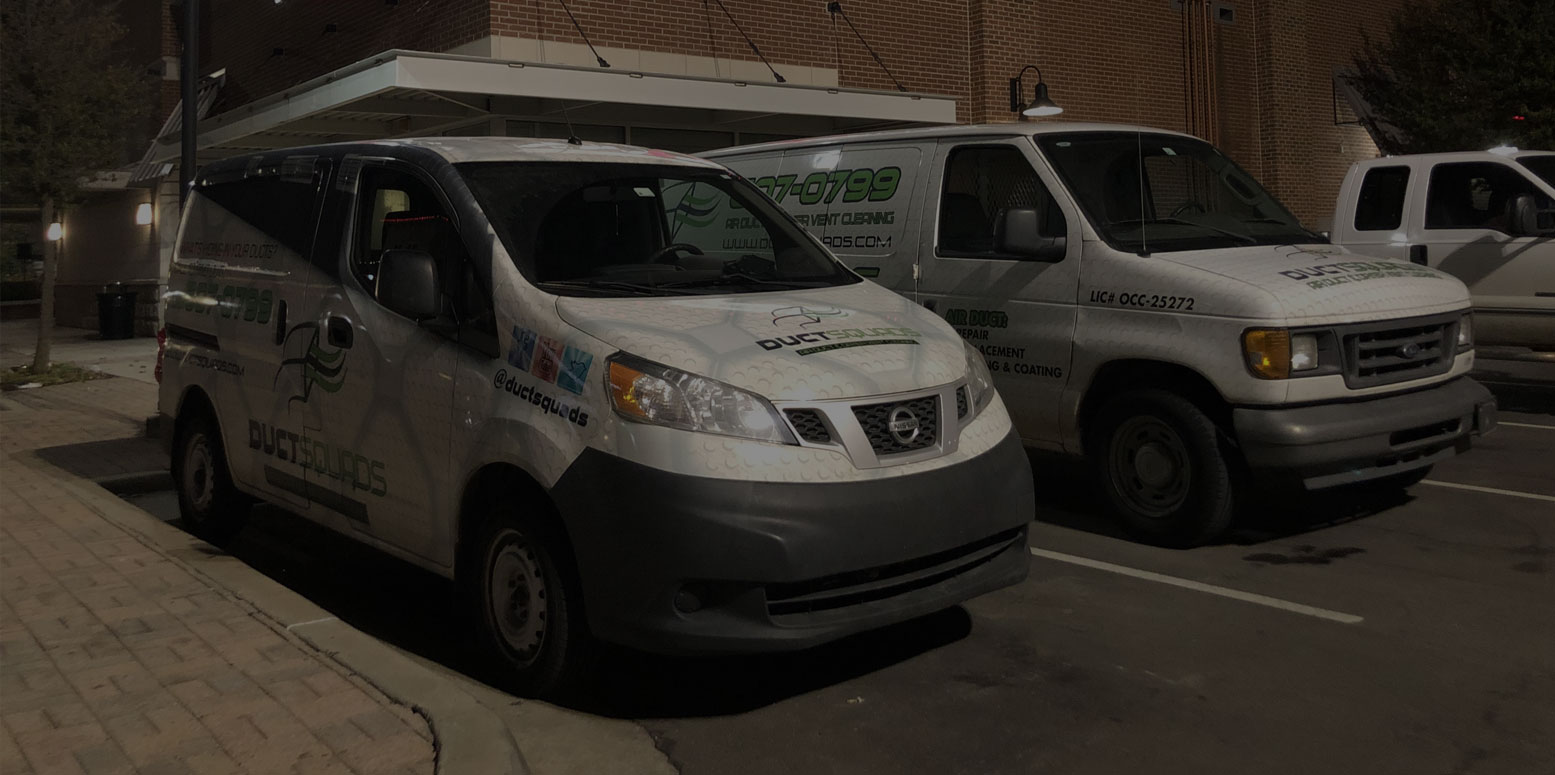
12 Nov How To Inspect Your Air Ducts and Vents for Leaks
Every homeowner knows the importance of having quality air ducts and vents in the home. Homeowners also know the pesky obstacle of maintaining these features when problems arise. To catch issues before they worsen, check out how to inspect your air ducts and vents for leaks.
Expensive Utility Bills
If you notice an unusually high utility bill at the end of the month, this is potentially the first sign that you have a leak. Properly sealed systems work efficiently, so bills should be consistent from month to month. A puncture or leak means your ducts and vents are working overtime to compensate for the damages.
While higher utility bills may indicate another issue entirely, it’s essential to determine that the problem is a leak. There are many tests you can conduct that will identify a puncture.
Cold Spots on Drywall
Investigate the drywall adjacent to your duct system. If you notice abnormally cold spots on the wall, chances are you have a leak. This is because cold air leaking from the system is cooling the drywall.
Some cold spots are normal, so test multiple areas on the drywall and throughout the house to ensure you have a leak. If there is a drastic temperature difference in various locations, that is another sign that your air ducts or vents have an issue.
Reverse Air Flow
Here’s a great test that usually determines leakage in your air ducts or vents, and it’s quite easy to conduct. First, open a window or door slightly, about one to two inches. Then, turn on your furnace/air conditioner blower. Finally, see if more or less air is coming in from the outside.
If more air is originating from the outside, that means your system is working inefficiently. A standard air duct or vent would push more air from the inside, meaning you have a leak or puncture. Luckily, Duck Squads provides professional air duct repair services to ensure your system operates at peak performance.
HVAC systems are essential for any home but are susceptible to damages. Thankfully, knowing how to inspect your air ducts and vents for leaks allows you to recognize a problem and fix the issue with proper professional help. Ultimately, fixing leaks or punctures is the best way to save money on bills and stay comfortable inside your house.



